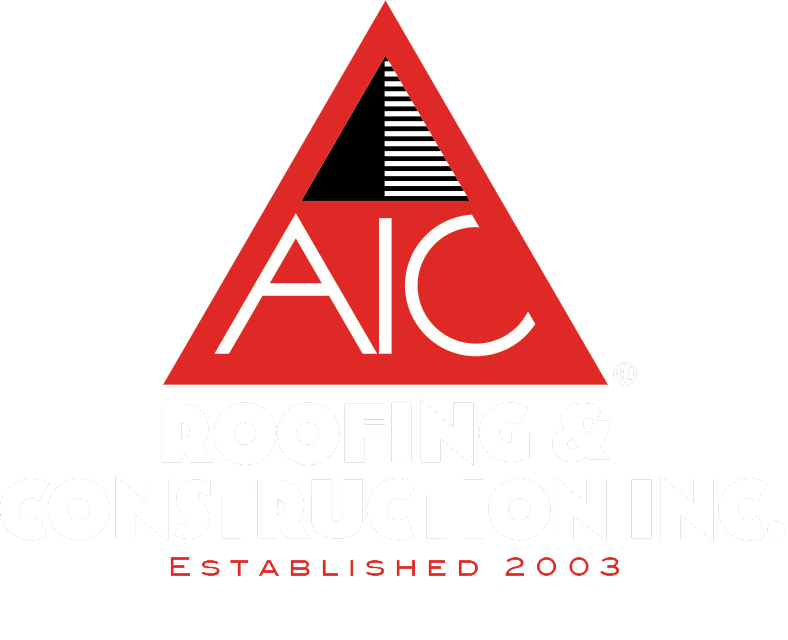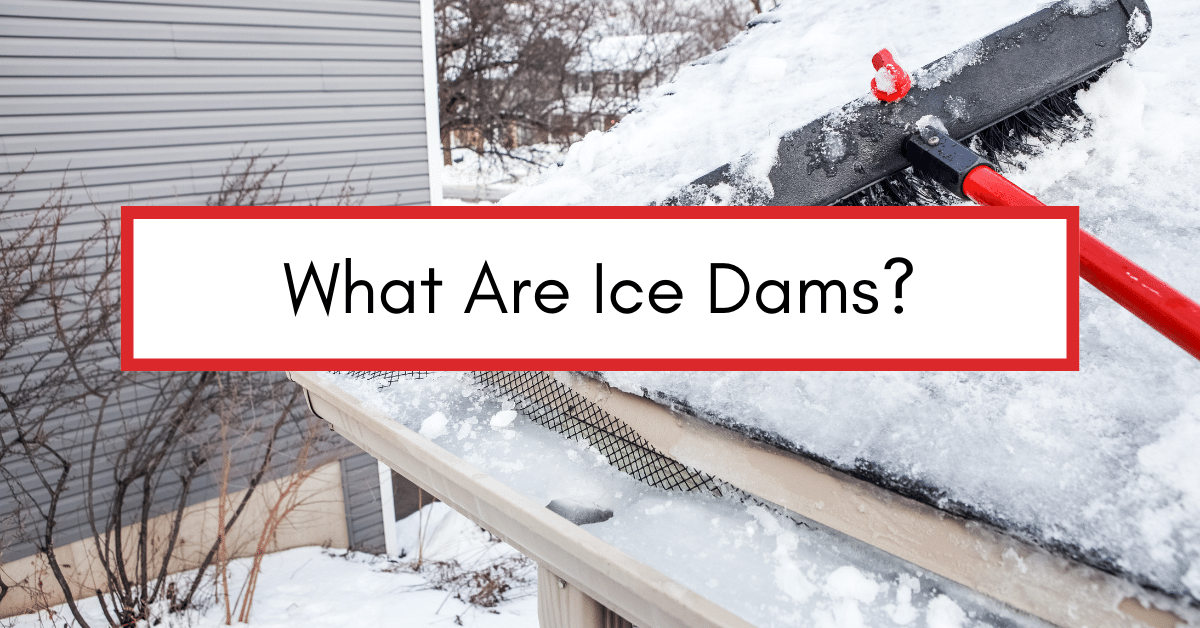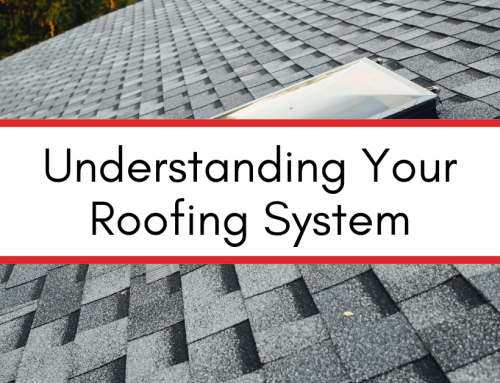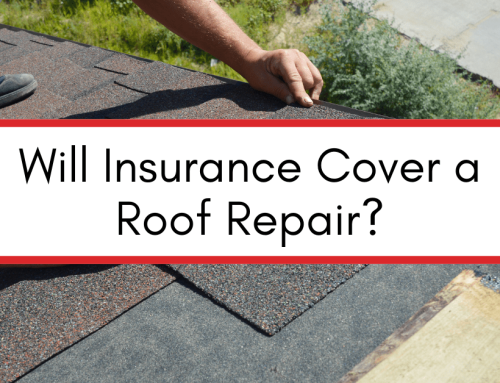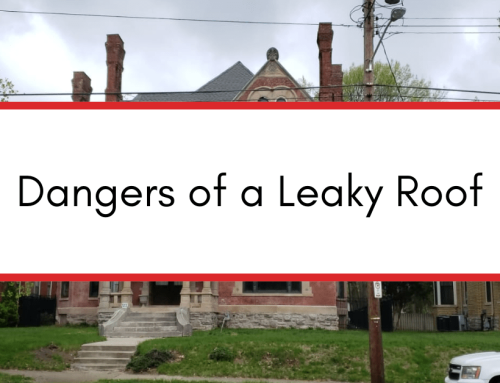Ice dams are a common problem that homeowners face during winter months. They occur when snow melts on the roof and refreezes at the edge, creating a barrier preventing water from draining properly. This can lead to various issues, including roof damage, leaks, and even structural damage to your home.
Understanding the Formation of Ice Dams
Ice dams form due to specific environmental conditions and your home’s roof design. Several factors, including snowfall, temperature, roof insulation, and ventilation, contribute to their formation.
The Role of Snowfall and Temperature
When snow accumulates on the roof, it acts as an insulator, preventing heat from escaping through the roof. As a result, the snow closest to the roof starts to melt, forming water that trickles down towards the roof’s edge. However, this water refreezes when the temperature drops below freezing, forming the ice dam.
Interestingly, the pitch of your roof also affects the formation of ice dams. Steeper roofs tend to have fewer issues with ice dams because the melted snow has a shorter distance to travel before reaching the gutters, giving it less time to freeze.
The Impact of Roof Insulation and Ventilation
The insulation in your attic plays a crucial role in preventing ice dams. Adequate insulation helps to maintain a consistent temperature in your attic, preventing heat from escaping and melting the snow on your roof. Poor insulation allows heat to escape, making your roof warmer and accelerating the melting process.
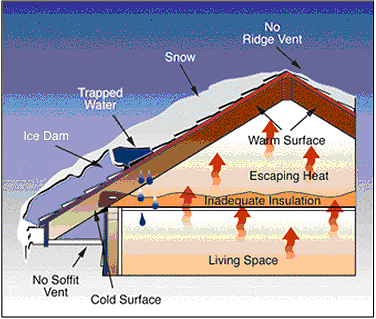
Ventilation also plays a vital role in preventing ice dams. Properly ventilated attics allow cool air to circulate, reducing the temperature of the roof and minimizing snow melting. Without adequate ventilation, hot air gets trapped in the attic and warms the roof, contributing to the formation of ice dams.
The Dangers Posed by Ice Dams
Ice dams pose several risks to your home’s integrity and can lead to costly repairs if left untreated. It is essential to be aware of these dangers to address ice dams proactively.
Potential Damage to Roofs
The weight can put excessive pressure on your roof, potentially leading to leaks, sagging, or even collapse. As the water trapped behind the dam seeps under shingles, it can cause damage to the roof’s underlayment and decking, compromising its overall structure.
Over time, this can result in water leaks inside your home, damaging ceilings, walls, and personal belongings. Additionally, accumulating moisture can promote mold and mildew growth, further deteriorating your home’s health.
Risks to Gutters and Downspouts
They can also cause damage to your gutters and downspouts. As water backs up behind the dam, it has nowhere to go but seep under the shingles and into the gutters. This can cause the gutters to become clogged and potentially pull away from the fascia board.
During freezing and thawing cycles, the weight of the ice can further damage the gutters, leading to sagging, leaks, or even detachment from your home. Downspouts may also be affected, causing water to overflow and pool around the foundation, potentially leading to basement leaks and other problems.
Identifying Ice Dams
Identifying ice dams early can help you take prompt action to prevent further damage to your home. Look out for both visible signs and hidden indicators of ice dams.
Visible Signs of Ice Dams
One of the most apparent signs of ice dams is the presence of icicles hanging from the roof’s edge. These icicles form as the melted snow refreezes at the roof’s edge. If you notice a continuous line of icicles forming along the eaves, it is a strong indication of the presence of an ice dam.
Another visible sign is the presence of large patches of snow on your roof while the rest is snow-free. This occurs when the heat from your home causes snow to melt and refreeze into ice dams. Additionally, water stains or leaks within your home can indicate that ice dams are present.
Hidden Indicators of Ice Dams
Sometimes, ice dams can be hidden from view, making it crucial to know the hidden indicators. One such indicator is the formation of water stains on the ceiling or walls inside your home. These stains suggest water seeps through the roof, likely caused by ice dams.
You may also notice peeling paint or wallpaper, as well as the presence of mold or mildew in your attic or upper levels. These signs indicate excessive moisture buildup, often caused by ice dams.
Prevention Strategies
Preventing ice dams requires proper insulation techniques and effective ventilation solutions. Addressing these factors can significantly reduce the risk of their formation.
Proper Insulation Techniques
Ensuring your attic has sufficient insulation is key to preventing ice dams. The insulation should be evenly distributed and have a high enough R-value to minimize heat transfer through the roof. Sealing any air leaks between the attic and living spaces is also crucial, as it helps maintain a consistent temperature in your attic.
The National Weather Service recommends cleaning your gutters to allow melting roof snow to flow down through downspouts.
Consider consulting with a professional to evaluate your attic insulation and determine if additional insulation is needed. This can help improve the overall energy efficiency of your home while preventing ice dams.
Effective Ventilation Solutions
Proper attic ventilation is equally important in prevention. This allows for air exchange, keeping the roof’s temperature as close to the outside temperature as possible. The recommended amount of ventilation depends on the size and layout of your attic, so consulting with a professional can help determine the appropriate ventilation solution for your home.
Removal
In some cases, seeking professional assistance for ice dam removal may be necessary. While DIY methods are available, removing ice dams can be dangerous and may cause further damage if not done correctly.
When to Call a Professional
If you have significant ice dams or your home is prone to ice dam formation, it is advisable to call a professional. They have the experience, knowledge, and appropriate tools to safely remove them without causing harm to your roof or gutters. Professionals can also identify and address the root causes of your problems.
What to Expect
While the specifics may vary depending on the professional you hire, ice dam removal typically involves techniques such as steam or hot water application to melt the ice. This allows the water to drain off your roof safely rather than backing up behind the dam.
During the process, it is essential to be cautious and avoid using sharp tools or excessive force, as this can damage your roof. Professionals will take the necessary precautions to prevent accidents and ensure the safe removal of ice dams.
In Closing
By understanding how ice dams form and the factors contributing to their formation, you can take proactive steps to prevent them. Regularly inspecting your roof for visible signs and monitoring hidden indicators can help you identify and address the issue early on. Proper insulation techniques and effective ventilation solutions can significantly reduce the likelihood of their formation. In situations where ice dams are severe or recurring, it is advisable to seek professional removal services to ensure safe and effective removal.
Whether you’re looking for a high-quality roof installation, repair, or new gutters and siding, AIC is here to help. We believe in and practice the best customer service possible, including showing up on time, following through on what we say we’ll do, and treating people with common decency and respect.
Our in-home consultations are free, informative, and low-pressure. Please get in touch with us by texting, calling, or filling out our contact form.
3-tab attics barns chimney choosing a contractor commercial cost curb appeal DIY estimate financing flashing flat roof GAF glossary gutter replacement gutters gutter size gutter system ice dams inspections insurance missing shingles roof design roofing materials roofing system roof leak roof maintenance roof materials roof repair roof replacement roof shapes roof types shingle ratings shingles siding siding materials siding replacement skylights storm damage underlayment ventilation warranty winter
